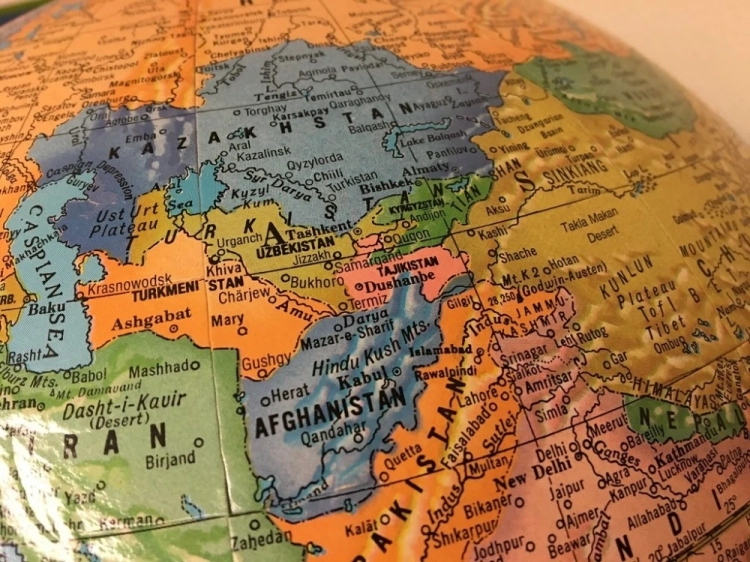Trade.
The Russian administration encouraged the development of both fair and stationary trade. The largest fairs were the Auliye-Ata, Atbash, and Karkara fairs. To enhance the trade significance of cities and attract livestock breeders, fairs were established in the cities as well. Thus, the Przhevalsk, Pishpek, and Tokmak city fairs were opened. Such fairs did not hinder the development of stationary trade; on the contrary, they gradually merged with it and transformed into permanent "trading points."
Stationary trade existed in settled areas even before the incorporation of the Turkestan region into Russia, in the form of bazaars. They were held weekly, but trading in the bazaar square took place daily. In the early 20th century, the cities of Pishpek, Przhevalsk, Tokmak, Osh, and Uzgen became centers of trade.
The development of internal trade, especially in the early 20th century, facilitated lively commodity exchange between the nomadic and settled populations. The relatively small number of traders and entrepreneurs, as well as farmers in the northern part of the region, led to livestock breeders selling their products in the cotton-growing and industrial areas of the south. Livestock and livestock products were supplied there through fairs or by organizing drives over mountain passes. Thus, in the early 20th century, industrial livestock breeding began to emerge. Agricultural products also entered the trade turnover. Most of them were sold locally, but a certain portion was also exported beyond the region. A significant part of agricultural production was attributed to the Kyrgyz.
After the 1880s, the area under cultivation for technical crops, primarily cotton, expanded in the Fergana Valley. This circumstance accelerated the process of the Kyrgyz settling down and increased their cultivated land.
During the colonial period, small-scale commodity production developed slowly but steadily. However, some types of local crafts gradually declined, and some, such as the production of household metal and wooden items, lost their former significance. The needs of the population could now be met by factory products brought in from Russia. Nevertheless, many crafts closely related to nomadic and semi-nomadic life continued to exist, and some even saw a degree of development.
Economic transformations after the region's incorporation into the Russian Empire















































